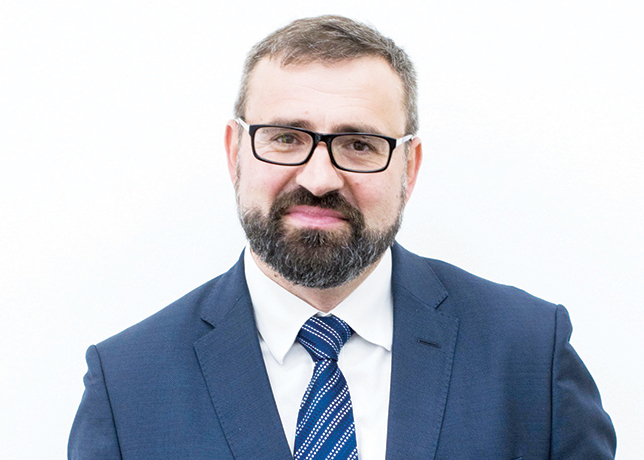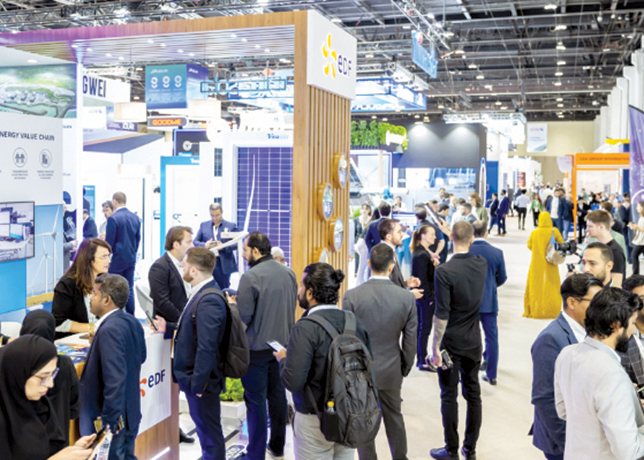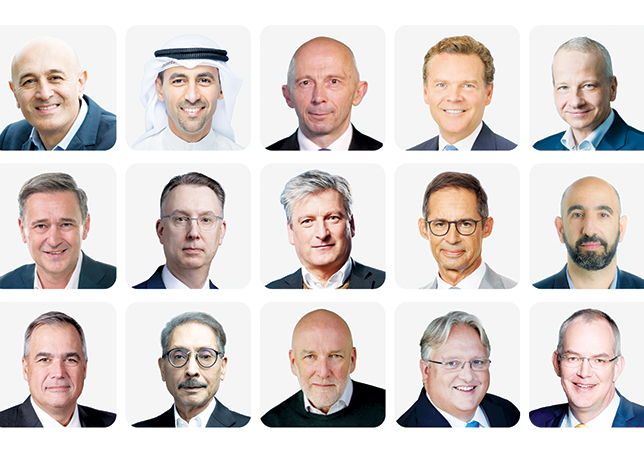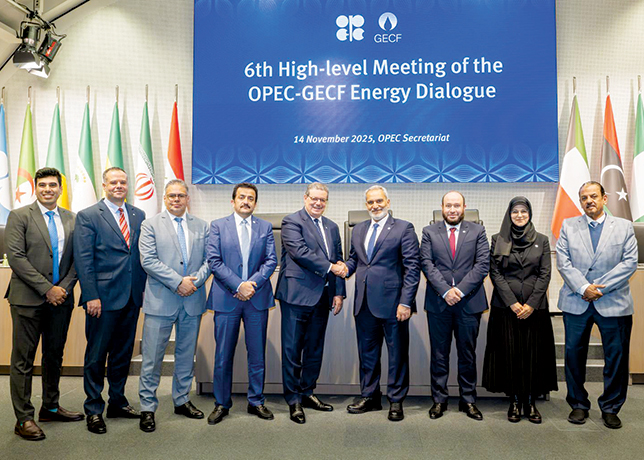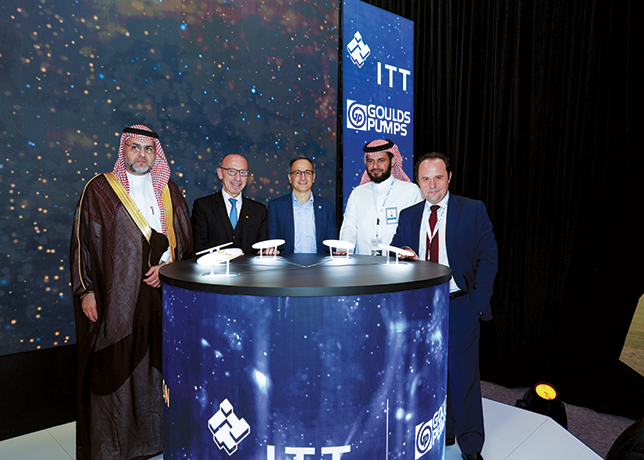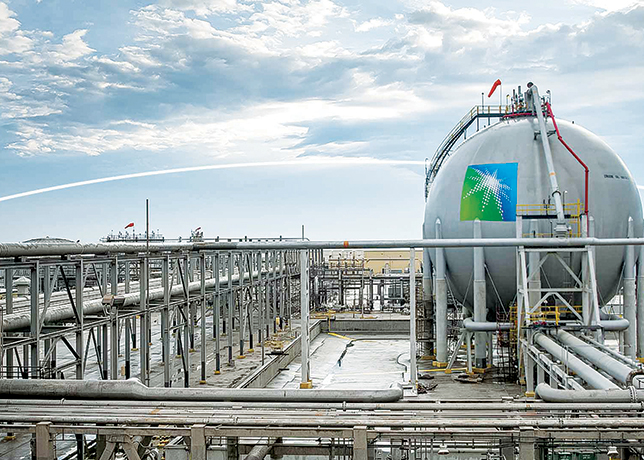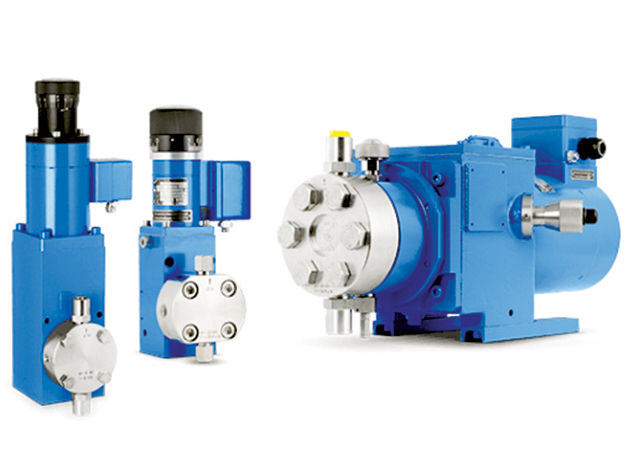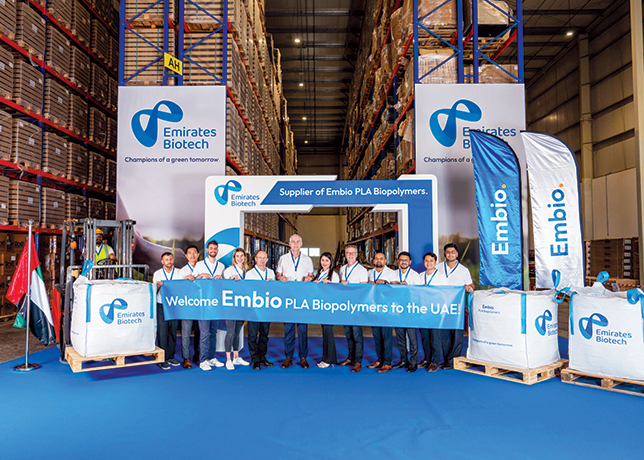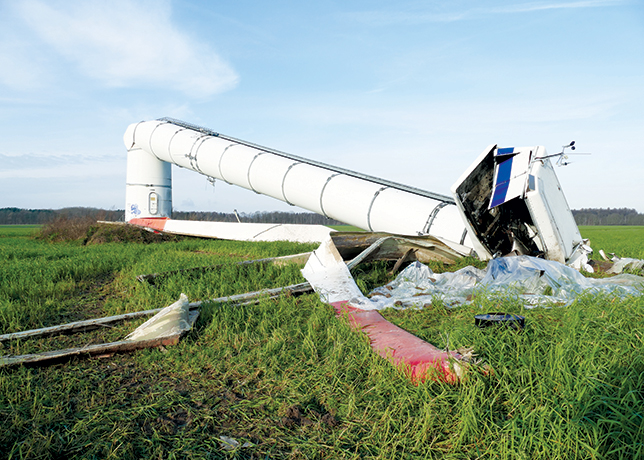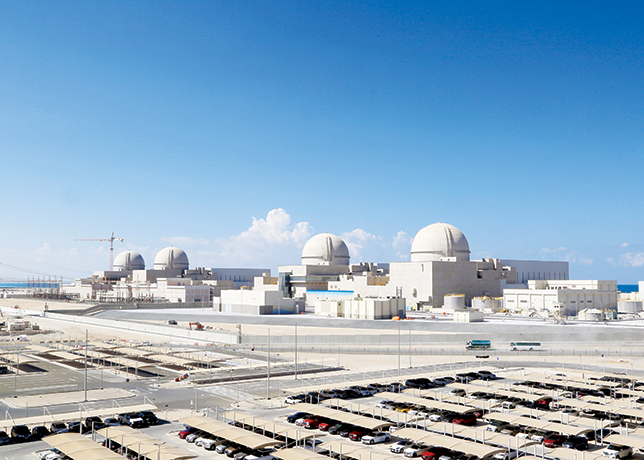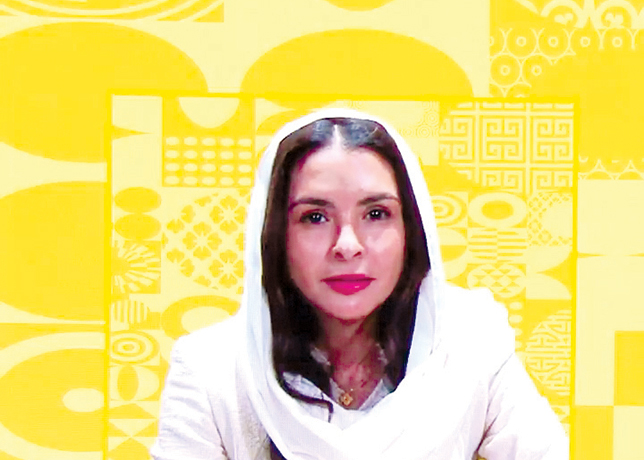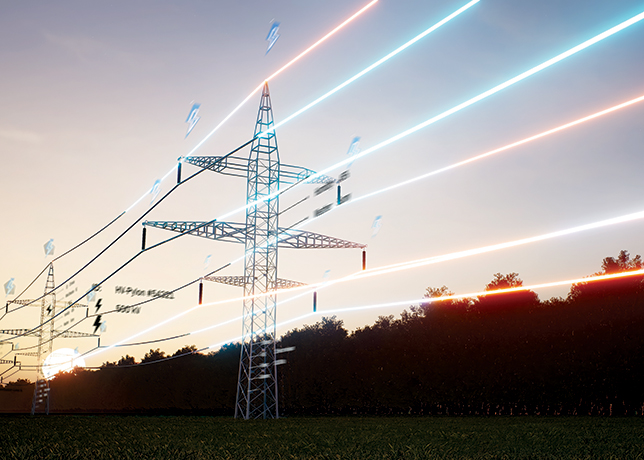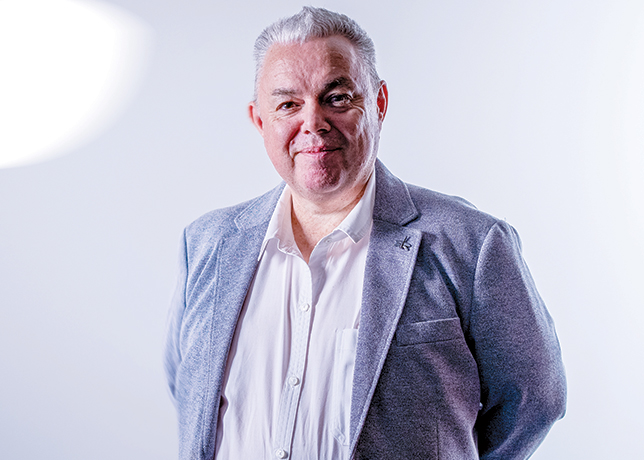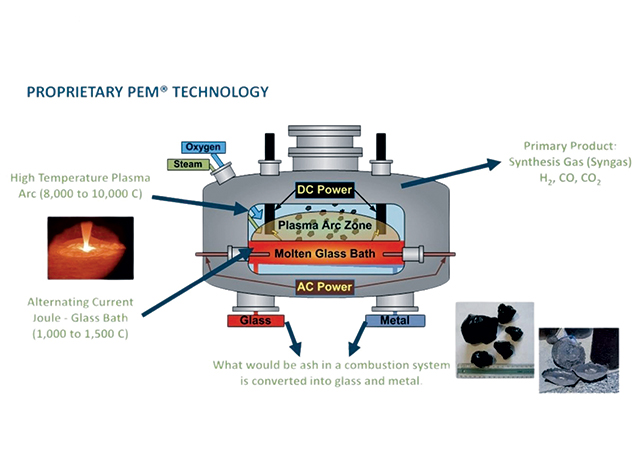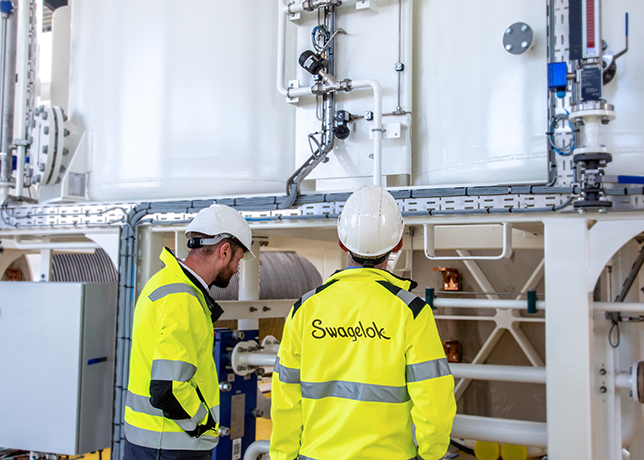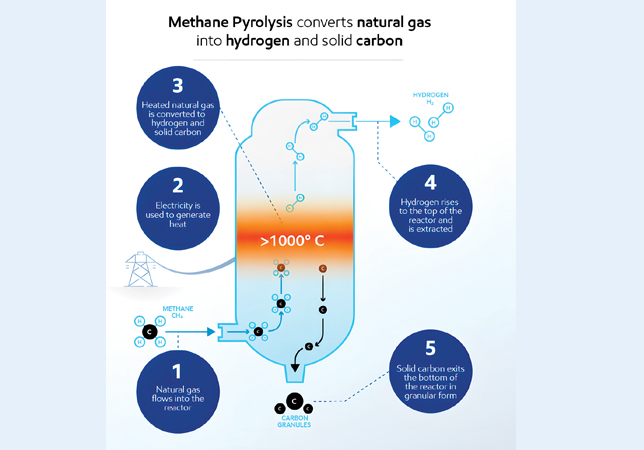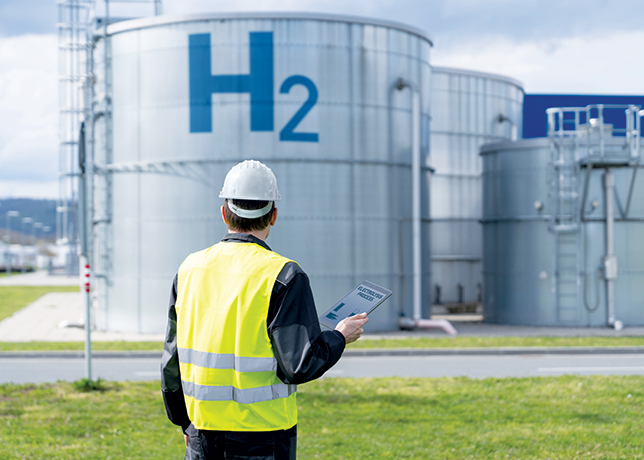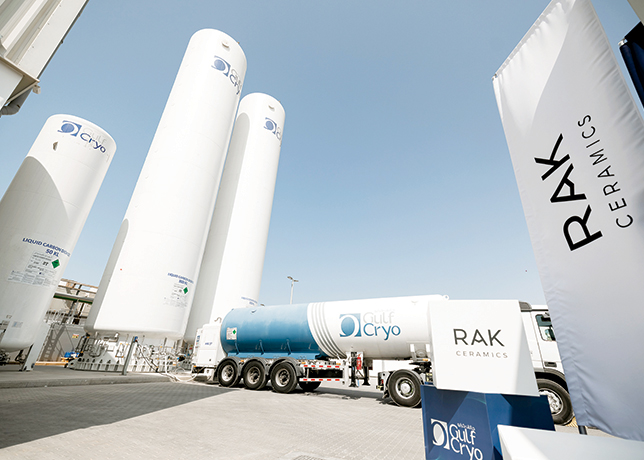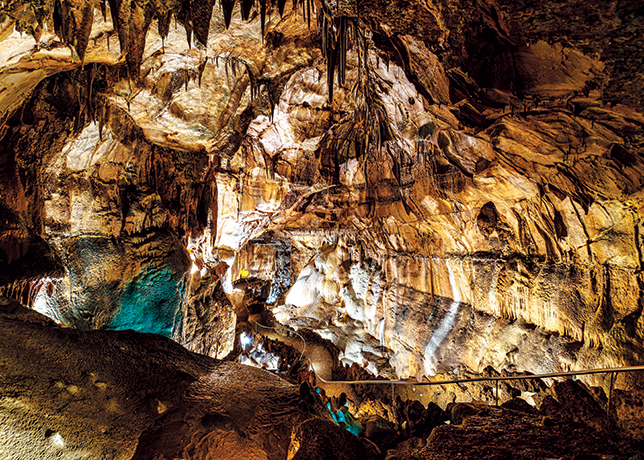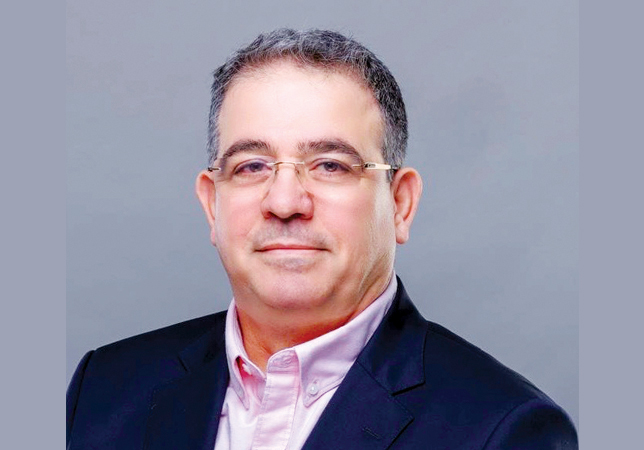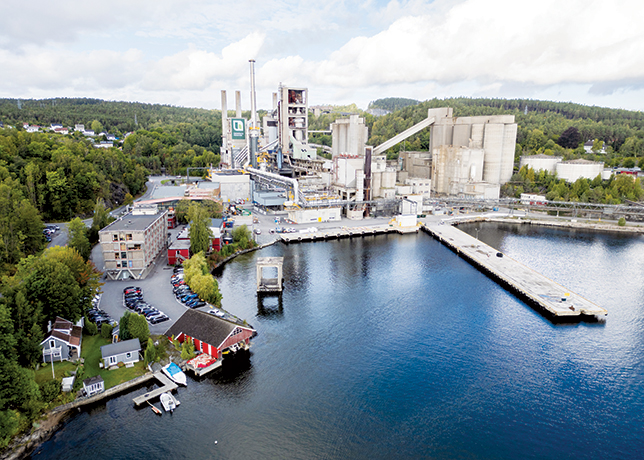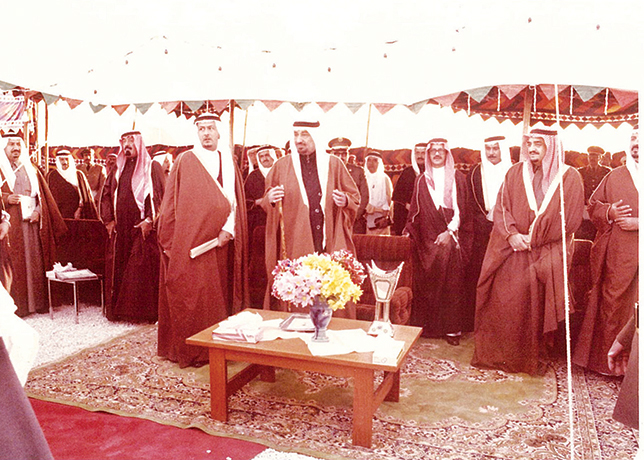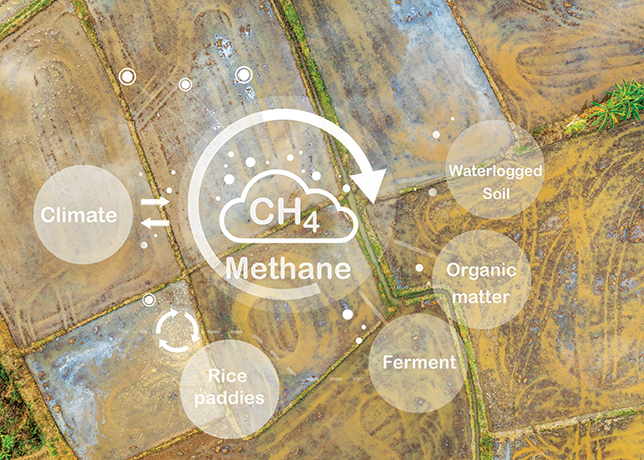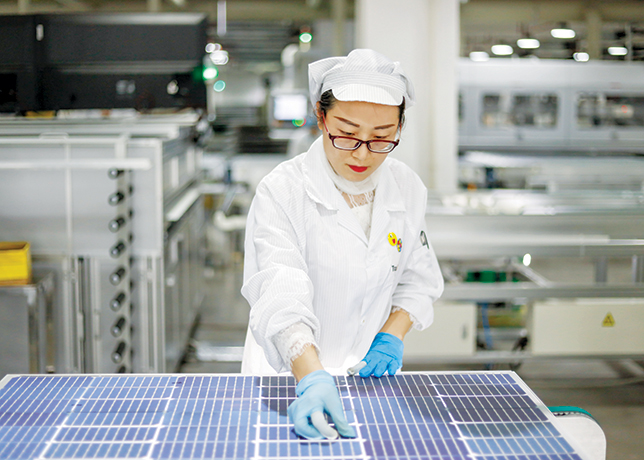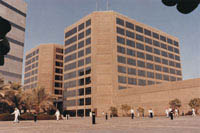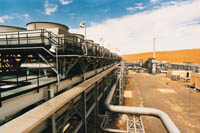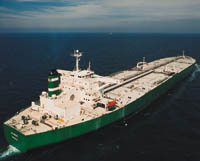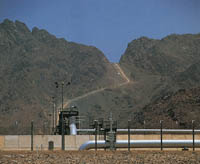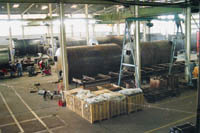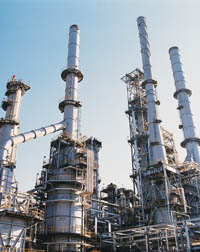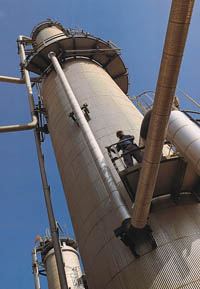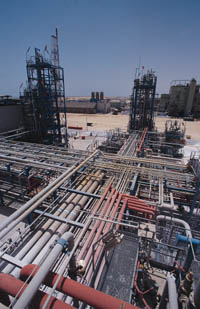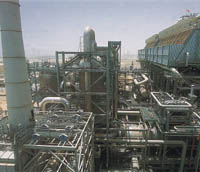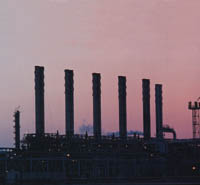
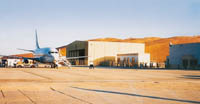 Mini-city ... remote Shaybah is now a major contributor to Saudi ArabiaÕs production capacity
Mini-city ... remote Shaybah is now a major contributor to Saudi ArabiaÕs production capacity
IT MAY be out of bounds to international investment, but Saudi Arabia's oil sector is buoyant, with contractors and engineers benefitting from a raft of projects awarded by Saudi Aramco, which is part of a plan to boost the Kingdom's sustainable crude production capacity.
Earlier this month, Italy's Eni won a 150 million Euro ($134 million) contract from Saudi Aramco to build a gas oil separation plant at Haradh.
The plant will be built by Eni's engineering unit Snamprogetti and will boost the production capacity of local oilfields.
The contract includes the engineering design, supply of materials, construction, pre-commissioning and assistance with commissioning of the plant. The project is expected to take two years to complete.
Meanwhile, US-based Foster Wheeler Corp has secured a project management contract to expand the onshore/offshore Qatif oilfield North of Dhahran by 500,000 barrels per day (bpd).
Some reports suggest that a tender for the engineering, procurement and construction (EPC) portion of the contract is expected to be floated in the third quarter of this year.
The EPC could involve the upgrade of an existing gas oil separation plant (GOSP), the construction of a new GOSP and the laying of a pipeline to Ras Tanura.
Saudi Arabia's oil production, by far the largest in the world, is centred around a number of major structures.
Ghawar is the largest oilfield in the world, by some margin, and is the principal producer of the highly marketable Arabian Light crude. The field contains a proven recoverable 70 billion barrels of oil, and facilities at Ghawar produce approximately five million bpd of crude.
Deeper drilling since the 1980s has proved large Khuff gas reserves at Ghawar, and it is through various structures at Ghawar, such as Uthmaniyah, Hawiyah and Haradh, that Saudi Aramco has been successfully able to develop the Master Gas System.
One of the most remarkable oil developments to date in the Kingdom has been the Shaybah field, a remote site in the Rub' Al Khali (Empty Quarter).
In one of the harshest areas on earth, Saudi Aramco has managed to tap vast resources which are transported to facilities at Abqaiq.
Covered by towering, drifting sand dunes, the Rub' Al Khali has few stable locations for oilfield operations.
An access road was completed in 1996 while a 46-inch pipeline transports 500,000 bpd of Shaybah oil the 638km to Abqaiq for processing.
Today, the Shaybah development is a mini-city, with living quarters for approximately 700, offices, recreation facilities and an airstrip capable of handling Boeing 737s.
To get the most from its fields, Saudi Aramco employs the latest technologies on offer.
The company's ability to locate new oil and gas reserves while boosting productivity from existing fields hinges on technological developments, and there is no doubt that the company's 3D Visualisation Centre in Dhahran has helped achieve that.
The centre is a futuristic tool which allows petroleum engineers and geoscientists to interact with subsurface oil and gas field data in a ''virtual-reality'' 3D environment.
The centre uses advanced computer graphics, wide-screen 3D capability and data integration to give teams of company experts an ''inside look'' at what happens in oil and gas reservoirs over time.
The Visualisation Centre - the first of its kind in the Gulf region and one of only a few in the world - encourages multidisciplinary teamwork and speeds up the decision-making process, according to Saudi Aramco.
The POWERS reservoir simulator - developed in-house - provides detailed multimillion-cell reservoir description models, accurate reservoir characterisation and enables substantially shorter job execution times.
POWERS has been continually updated and enhanced with mathematical formulations and state-of-the-art visualisation technology. The simulator, which utilises parallel processing technology, is recognised in the industry as second to none, according to Saudi Aramco.
Saudi Aramco's reputation for technological innovation is continually being enhanced. It has a US patent for the Pyrolytic Oil Productivity Index (POPI), a technique for analysing rock chips from cores or drill cuttings that can assess relative oil-productivity within a reservoir. The POPI can be used to confirm interpretations by other methods or assess oil-productivity in a reservoir during drilling.
Saudi Aramco researchers have also developed four new analytical technologies during research on the detailed composition of heavy ends of Arabian crude oils. The new technologies are used at Saudi Aramco refineries to add a new dimension to characterisation of heavy petroleum streams, enhancing crude and feed flexibility.










